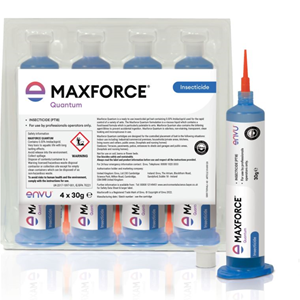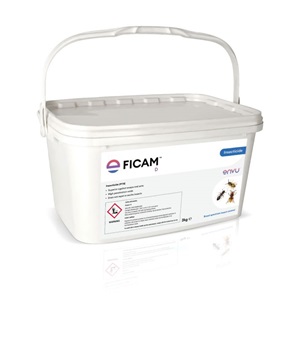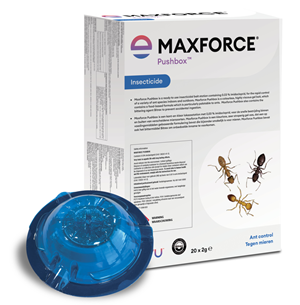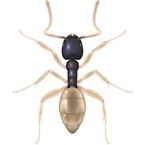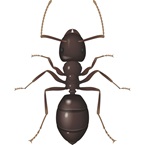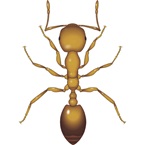Latin name:
Linepithema humile
Characteristics:
Argentine ants are polygyne (multiple queens in a single colony), as they are not territorial towards each other the workers interact between nests, which enables them to form super colonies. Mated queens and a few workers may also leave an established nest to form a new colony (satellite).
Species characteristics:
Argentine ants prefer a sweet food source such as honeydew, fruit juices and plant secretions, but will also forage on proteins such as meat, insects, eggs and fat. They may even attack small, vulnerable animals. In detail they are characterised as follows:
• Uneven thorax
• 12-segmented antennae, no club
• Sparse body hairs
• No stinger
• Monomorphic workers, 3-3.5 mm long
Areas where found:
Argentine ants are native to Latin America but have now spread on a world wide basis. They are to be considered a perfect “tramp ant”. Argentine ants are an invasive species favouring warm climates. In the Mediterranean, Argentine ants are
firmly established and widespread. In Northern Europe, Argentine ants may survive outdoors in modest winters but are not generally frost hardy. Alternatively, they may be found in greenhouses or other heated environments. Colony numbers
fluctuate seasonally, ranging from one hundred to several hundred thousand workers and many queens.
Argentine ants are an invasive exotic species. In areas inhabited by Argentine ants, endemic species will be driven out. Colonies may become very large and foraging ants represent a nuisance.
Lifecycle:
Argentine ants are social insects and live in colonies which are large to very large consisting of: workers (sterile females), fertile males and queens (fertile females). There are usually many queens in a colony (multiqueen colonies) and they co-exist amicably. The queens can be replaced so colonies will survive indefinitely. New colonies are ypically formed by budding and may be encouraged by disturbing nests. Adult ants are responsible for this process which may include queens. Worker ants carry larval stages to a new nest site from which they can rear queens and males. Temporary nests may be established whilst the workers search for new sites. If established in mobile equipment infestations can be widely distributed. The workers provide food for the colony and maintain the nest. Only 5-10% of workers are actually engaged in foraging. Fertile males and females develop from well fed larvae. Flying swarms are never seen, mating taking place in the nests and small spaces in buildings. The queen lays eggs which hatch after about two to four weeks depending on temperature. Larvae are legless and fed and tended by the other colony members. Larval development takes approximately three to four weeks. The pupal stage lasts about two weeks. The whole cycle from egg laying to adult takes about ten weeks depending upon temperature.
Control:
Maxforce Quantum should be applied to foraging trails. Frequent follow up is needed because colonies may be large or there may be more then one nest due to multiple queens and therefore bait spots may be taken up rapidly. Replenish bait as needed.

